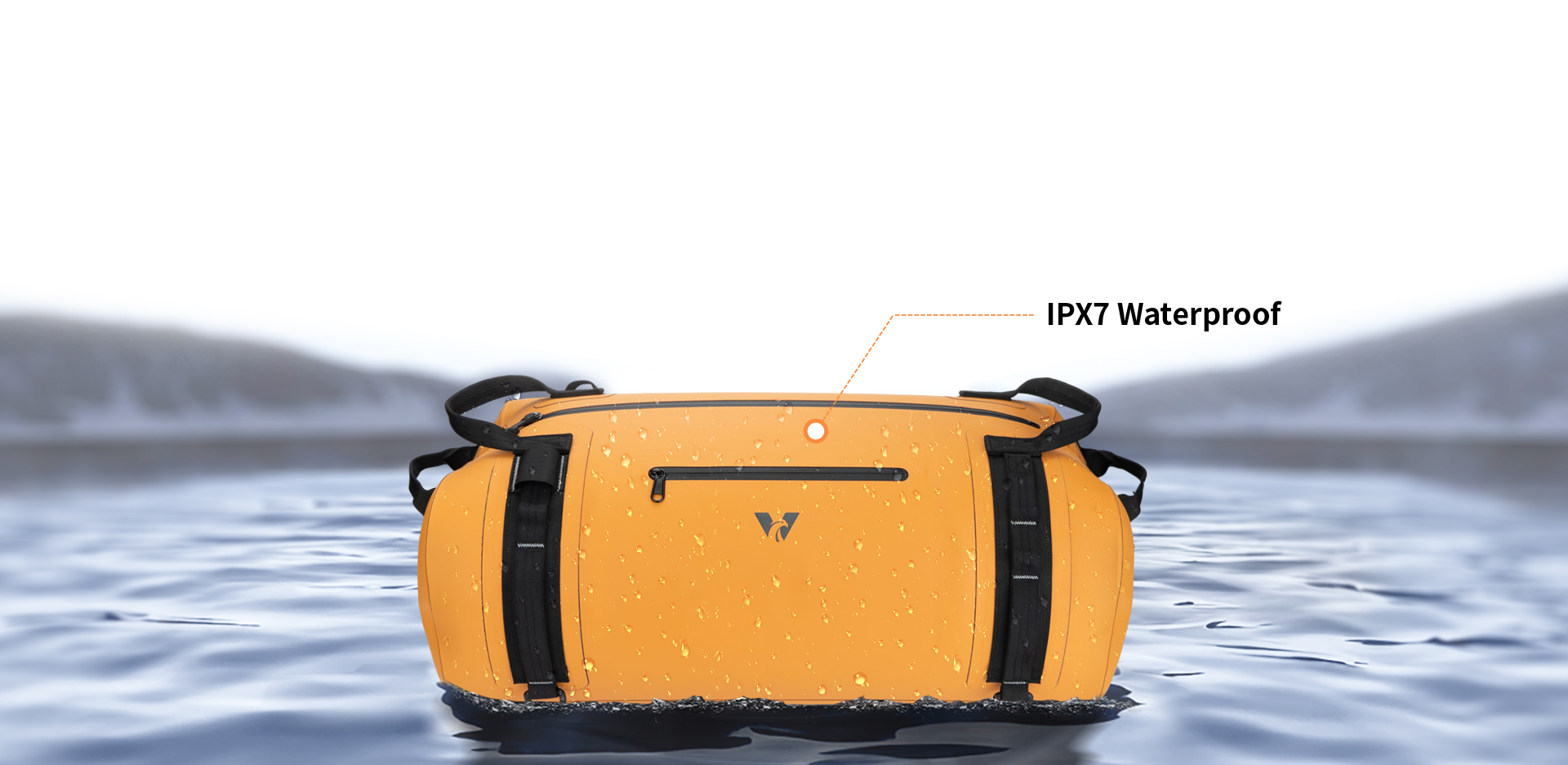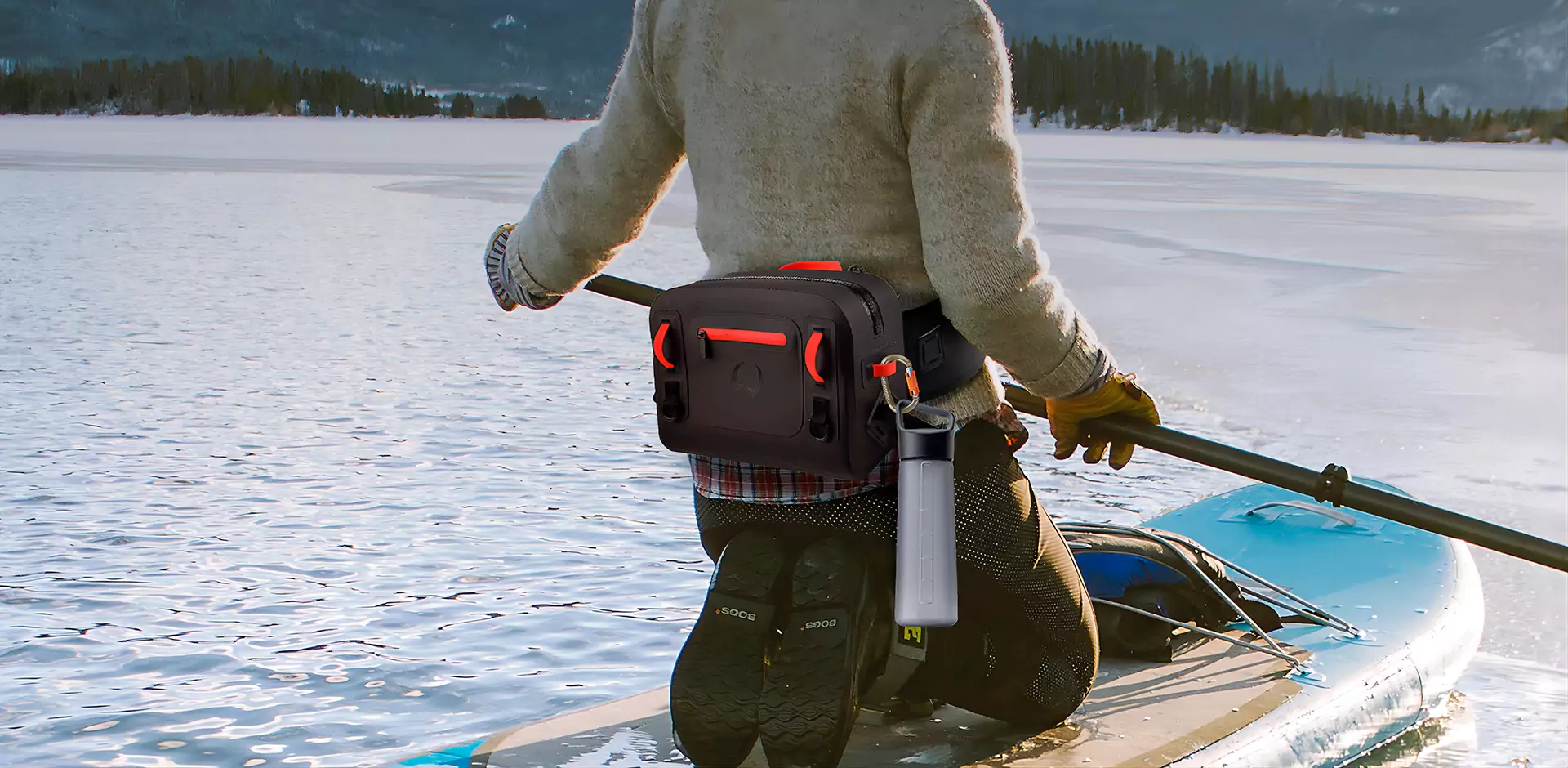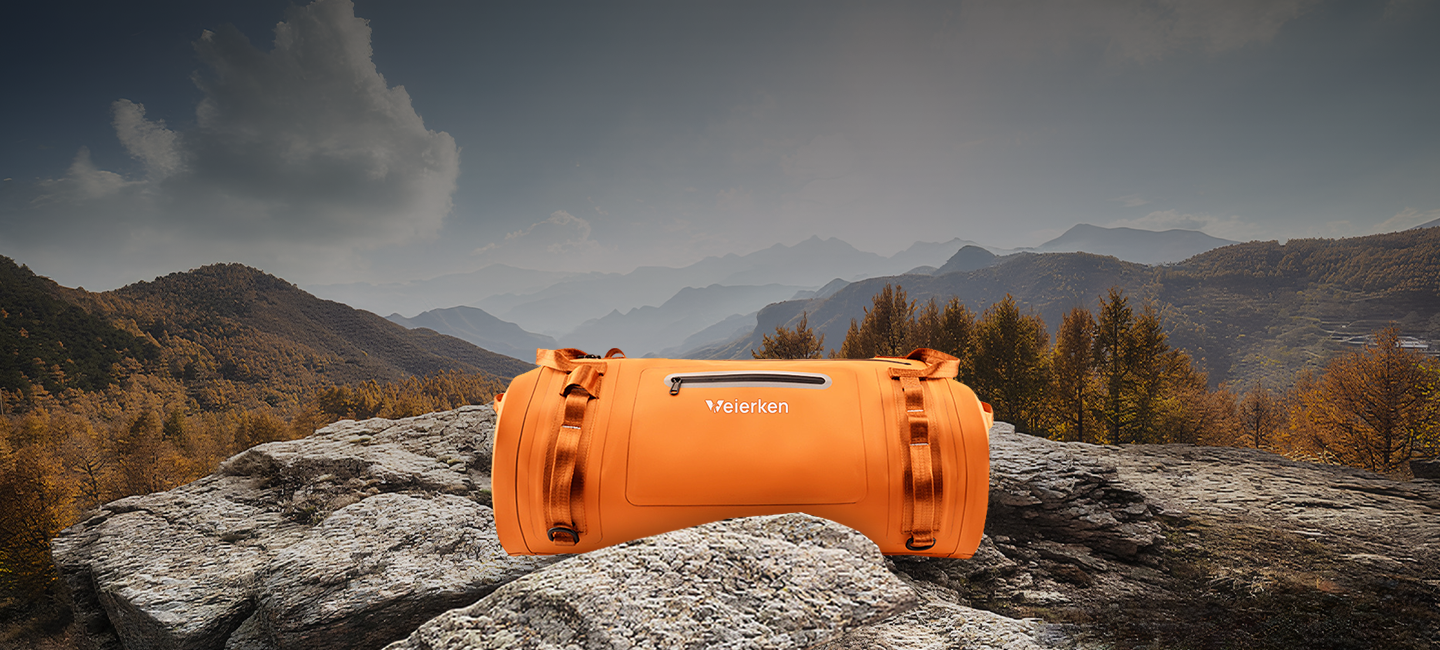Most insulated lunch bags come with multilayered insulation. They usually have an outer layer, a lining, and a middle layer which offers the insulation. The most important is the middle layer as without it, a lunch bag wouldn’t be any better than your average lunch box.
While thermoses and insulated lunch boxes rely on a vacuum created between the outer layer and the inner layer to prevent energy dissipation, insulated lunch bags keep food and drinks warm or cold thanks to a core layer made of dense foam. The thicker and denser the foam, the better the insulation.
The foam layer prevents heat from seeping to the outer layer and keeps the surrounding cold or heat from reaching the bag’s contents. You might notice that insulated lunch bags’ exterior doesn’t heat up when filled with heated items as the heat is prevented from dissipating in the surroundings. (Most lunch bag’s outer layer is usually made of non-woven fabric, vinyl, or heavy fabric.)
As an extra layer of protection, many insulated lunch bags come with an inner layer or a lining made of foil, heavy vinyl, or plastic that is waterproof and heat reflective.
Being heat reflective means that the bag’s foil-like inner layer reflects the food’s radiated thermal energy back, rather than absorbing it and allowing it to escape the bag. As a result, the food inside retains its original temperature, flavor, and moisture for longer than it would do in a regular bag.
This means that an insulated lunch bag will also prevent food from going stale just like tin foil does but to a much larger extent.
This is why these affordable lunch bags are a must-have for people who love to pack their own lunch while on the go, for kids taking homemade lunch to school, and anyone on the go who would rather consume a hearty homecooked meal than playing Russian roulette with their health when ordering takeout or fast food.





